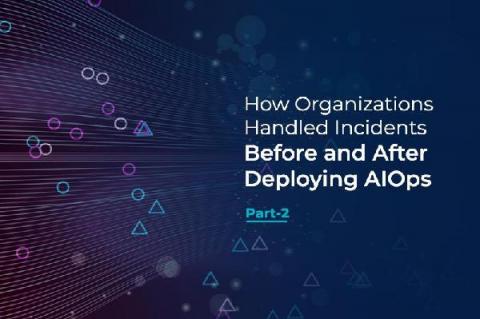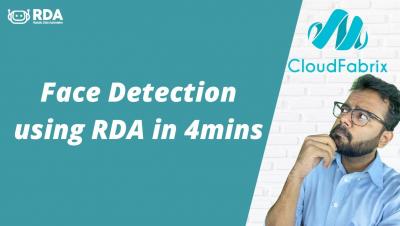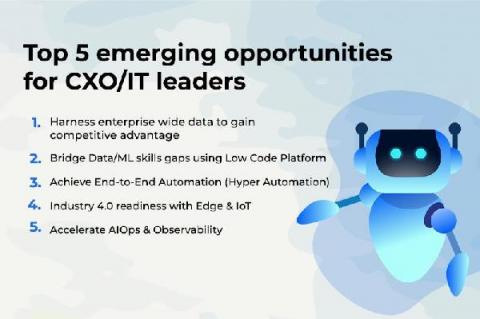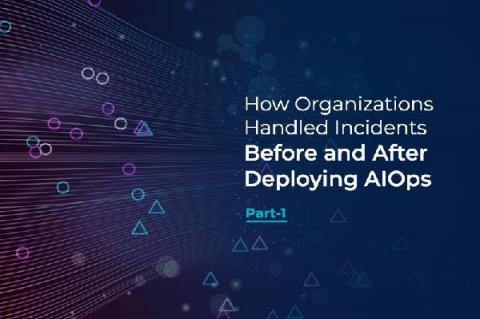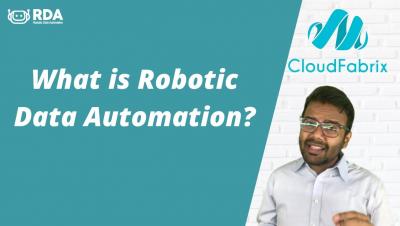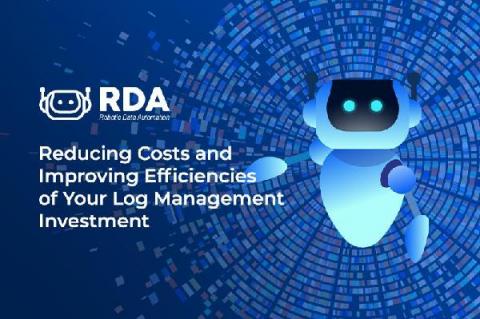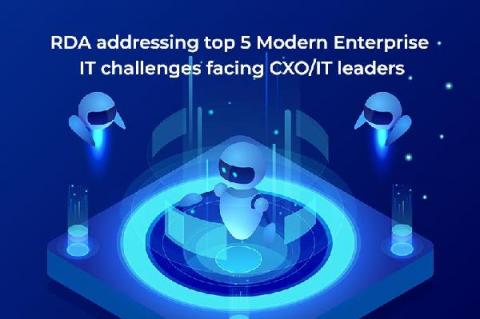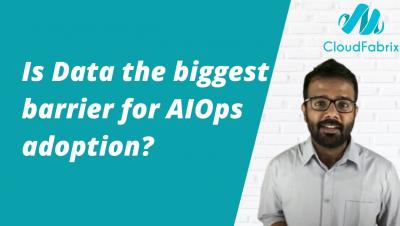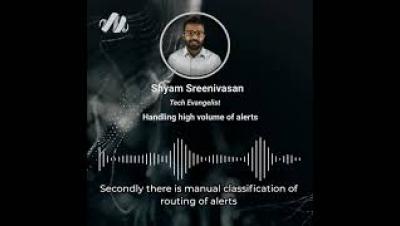How organizations handled incidents before and after deploying AIOps - Part 2
In this highly dynamic environment, organizations are looking for ways to innovate and manage resources efficiently. In the first part of the two-part blog series, we saw how organizations handled incidents without an AIOps solution and how long it took to resolve that incident — a scenario representing different steps to resolve an incident. In the second part of the two-part blog series, we look at how organizations were able to handle incidents after deploying AIOps.


